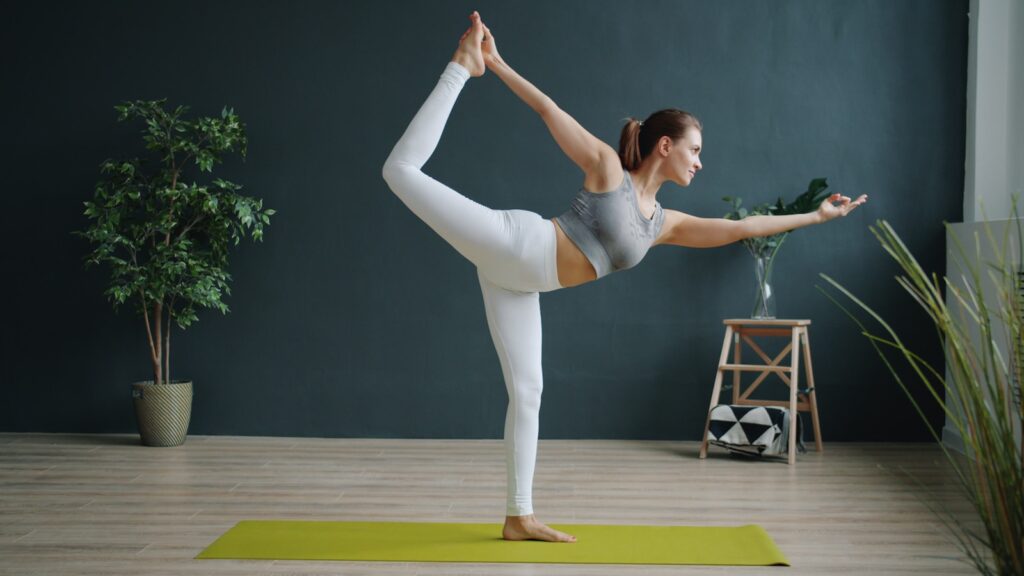Modern life often keeps many of us glued to our desks, but prolonged periods of sitting can take a significant toll on our health. Prolonged sitting is associated with stiffness, poor posture, and an increased risk of chronic disease.
The good news? With simple, desk-friendly strategies, you can stay active and protect your body—even if your job requires you to sit for most of the day.
Mini Workouts at Your Desk
Short bursts of movement throughout the day add up. Seated marches, chair squats, and calf raises are quick ways to get your blood flowing without leaving your workspace. Shoulder rolls and seated twists can also ease tension in the upper body.
Even just two to three minutes of activity every hour helps counteract the adverse effects of sitting. These movements stimulate circulation, reduce stiffness, and help maintain higher energy levels during long workdays.
Stand and Move Regularly
Setting reminders to stand and stretch is a simple but powerful habit. Aim to get up at least once every hour, whether to grab water, walk down the hall, or stretch near your desk.
Standing desks are another great tool—alternating between sitting and standing keeps muscles engaged and improves posture. Pairing work tasks, such as phone calls, with light walking is an easy way to boost your step count.
Read More: Stretching: Before or After? The Truth About When to Do It
Strengthen Core and Posture Muscles
A strong core helps protect your back from the strain of sitting. Incorporate desk-friendly core exercises such as seated knee lifts, isometric abdominal contractions, or stability ball sitting.
Strengthening the upper back with resistance bands or light dumbbells (if space allows) can also fight “tech neck” and rounded shoulders. Over time, these simple exercises help you maintain better posture naturally.
Read More: How to Start Exercising Again After a Long Break
Stretch at Your Desk
Stretching is one of the simplest ways to combat stiffness caused by prolonged sitting. Gentle neck tilts, wrist circles, and chest openers can be done right at your chair.
These stretches loosen tight muscles, improve circulation, and provide a quick energy boost without breaking concentration.
Use Technology as a Reminder
Fitness trackers and smartphone apps can nudge you to move throughout the day. Setting alerts for steps, water intake, or posture checks creates accountability.
Over time, these reminders turn small breaks into habits, helping you offset long hours of sitting with consistent activity.
Make Your Commute Count
If possible, add movement to your commute. Walking or cycling part of the way adds valuable activity before and after work.
Even small choices—such as parking farther away or taking the stairs—build more movement into your day and help balance out a sedentary job.
Add Movement Beyond Work Hours
What you do outside work matters, too. A daily walk, bike ride, or yoga session helps undo hours of sitting and keeps you active. Choose activities you enjoy, so movement feels less like a chore and more like a natural part of your lifestyle.
Prioritizing regular exercise before or after work balances the sedentary nature of your day and supports long-term health.
The Takeaway
Even if you spend most of your day sitting, staying fit is still possible with small, consistent actions. Use desk-friendly movements, stand often, strengthen posture muscles, and add activity outside of work hours. These habits protect your body, boost your energy, and promote overall health in the long run.
Read More: 7 Recovery Tools That Actually Work (And 3 That Don’t)




